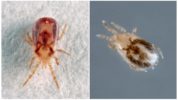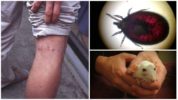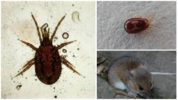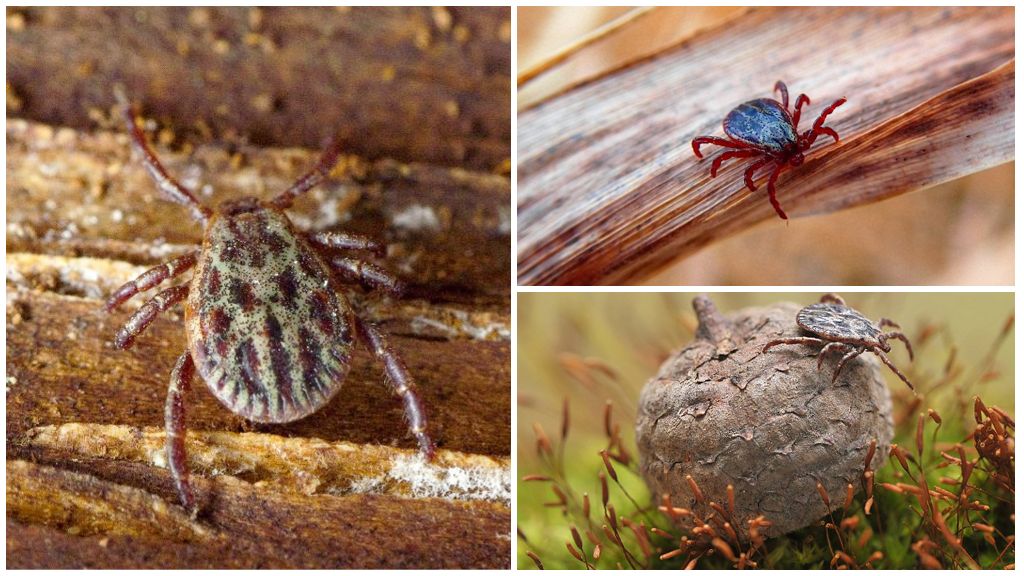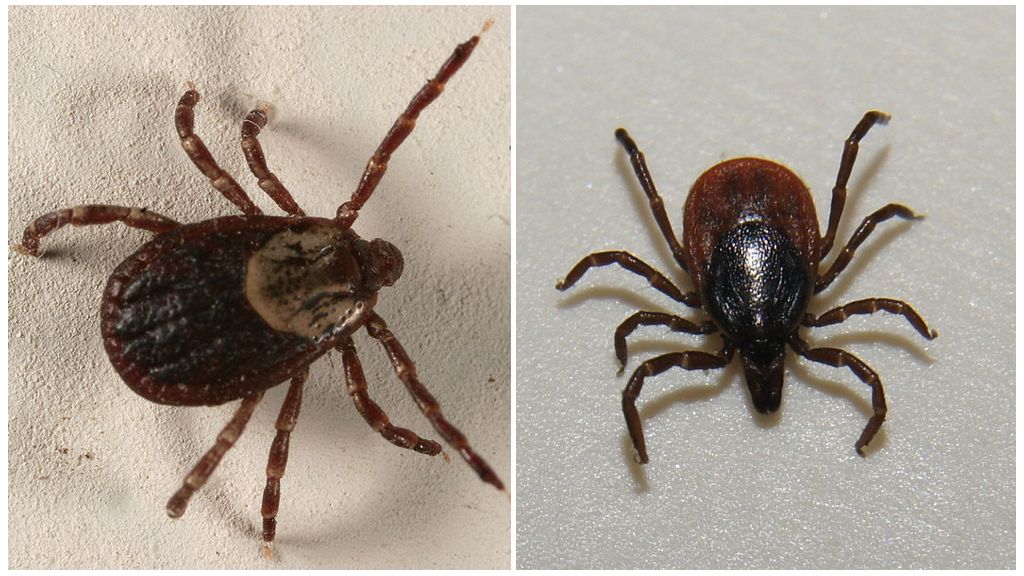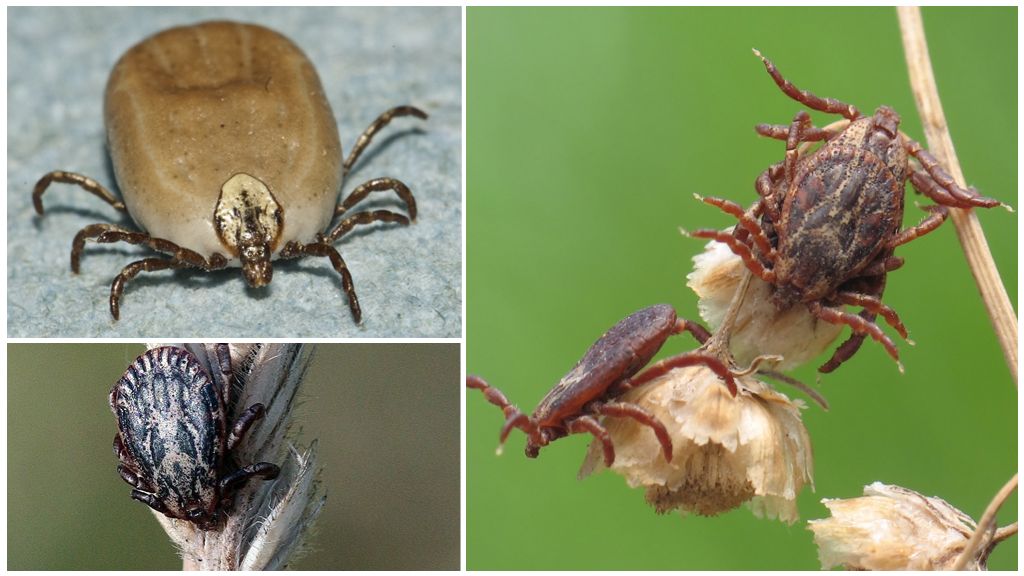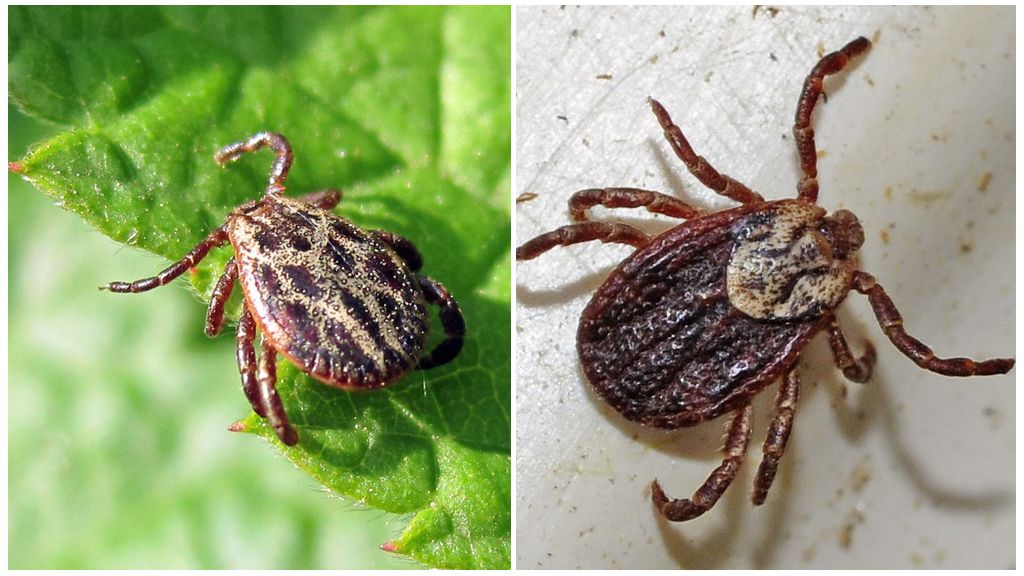- Rat tick
- Rat tick
- Mouse tick
About ixodid ticks everyone knows. Instructions on what to do, if bitten by an ixodid tick, can be found in any medical facility. About gamazovye heard unit. Even fewer people wondered how dangerous these ticks are for humans. They are so small. Gamaz bloodsuckers usually do not tolerate tick-borne encephalitisbut also capable of causing a lot of trouble. The rat tick is especially dangerous. He used to be the carrier of typhus from rats to humans. Today, its main "specialization" is tick-borne dermatitis.
Gamasid ticks next to a person
Total gamasid ticks number about 6 thousand species. The bulk of the infraorder does not come into contact with humans at all. But there are 3 species that live next to humans today, as they are parasites of synanthropic animal species:
- chicken;
- rat;
- mouse.
Chicken gives a person problems only in economic terms. But not all inhabitants of the planet keep chickens. Significant danger are two other species.
Interesting!
According to statistics, there are 10 per inhabitant of a metropolis rats. Their parasite can appear not only in a village house, but also in any apartment. The mouse tick is second only to the number of hosts. There are more rats.
Rat mite (Ornithonyssus bacoti)
Obligate temporary ectoparasite of rats that can feed on the blood of other mammals. It was first discovered in Australia. But rats are not endemic to Australia. Just before, some diseases were not associated with this type of tick. A rat tick was later identified in the United States as a source of dermatitis in humans. A few years later, he became the cause of the disease of people in Hamburg.
The parasite was first discovered in 1913 because of its size. The length of his body is only 0.75-1.44 mm. If you look at the photo of the rat tick, it turns out that it is very similar to the usual ixodidae. There are some differences:
- no segmentation between the body and chelicera;
- oval genital shield;
- cranially located anus;
- pointed tail apex.
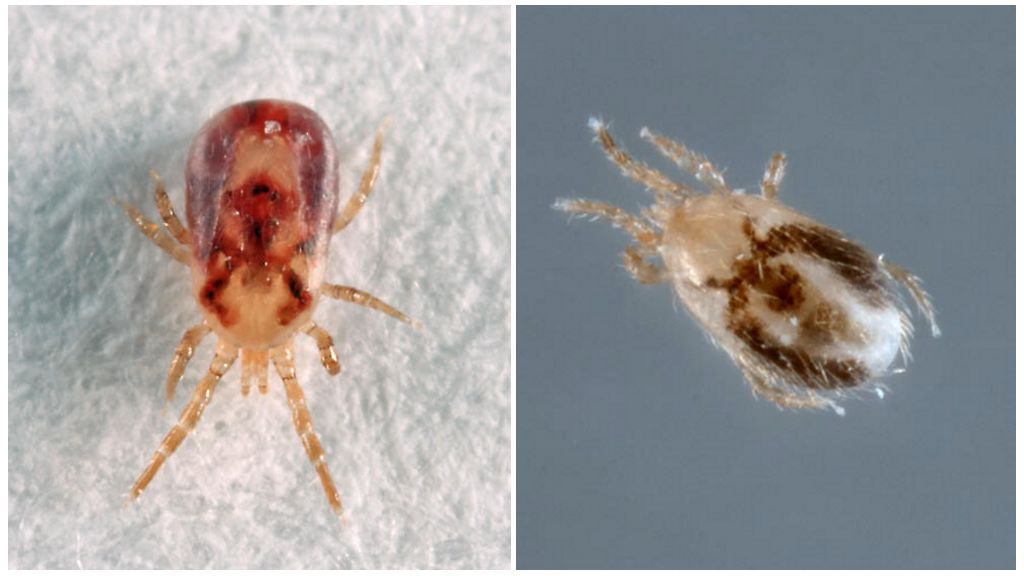
On a note!
The color of pumped ticks is not light gray, but dark red in females or yellow in males. Hungry parasites are gray. After eating, they are not able to move, in a hungry state they are very active.
Lifestyle
Hungry rat ticks are very active creatures and are able to travel several hundred meters in search of a host. This explains the appearance of rat ticks in the apartment in the complete absence of rodents. Rat parasites are also able to exist for a long time without a host and in a hungry existence. Such abilities greatly complicate the diagnosis of diseases transmitted by arthropods.
In rat ticks, 5 stages of development:
- egg;
- larva;
- protonymph;
- deutonymph;
- adult individual.
The parasite eats only 2 times in its entire life: at the protonymph stage and in adulthood. After feeding, the arthropod falls away from the host either for further molting and transformation, or for laying eggs.
On a note!
Rat mite is a species capable of parthenogenic reproduction. In the absence of a male, the female is able to lay eggs, from which the offspring will hatch.
Egg development takes only 1.5 days.The total life cycle of a rat tick is 7-16 days. The hatched larva is the only form having only 3 pairs of paws. The egg-to-egg maturation phase usually takes 13 days.
Diseases
Bites of parasites cause itchy skin irritation in people, called "rat tick-borne dermatitis." In children, an eczematous or vesicular reaction to a bite may occur. Attacks of rat ticks need to be differentiated from bites of other insects or skin irritations caused by the body's reaction to any allergen.
Treatment of rat tick-borne dermatitis is symptomatic. To alleviate the condition of the victim, apply:
- oral antihistamines;
- local corticosteroids;
- benzyl benzoate;
- gamma benzene hexachloride;
- crotamiton.
But often the irritation goes away on its own or people simply do not respond to the saliva of rat bloodsuckers.
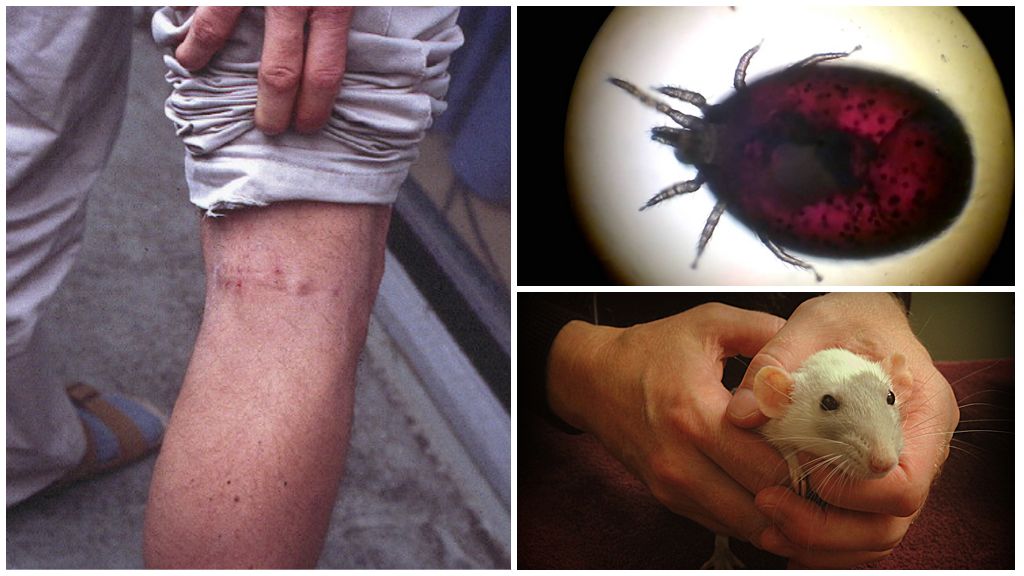
The response to rat parasites should be separated from the symptoms:
- scabies;
- bacterial folliculitis;
- head lice;
- herpetiform dermatitis;
- mosquito bites and other insect bites;
- allergies.
Laboratory studies have also shown that the rat tick can be a carrier of dangerous diseases:
On a note!
In bad times, rat ticks along with fleas were the main carriers of typhoid and plague from rodents to humans.
Mouse tick (Liponyssoides sanguineus)
Previously, its Latin name was Allodermanyssus sanguineus. Another type of gamasid tick is dangerous for humans. It looks very similar to a rat and a layman will easily confuse them. This is an obligate parasite belonging to the nest-burrow group. It has 5 stages of development, of which only the first two do not eat: an egg and a larva.
In contact with the owner during nutrition. The rest of the time spends in the litter of the nest. Once in the apartment, it can attack a person, infecting people with vesicular rickettsiosis. If dermatitis caused by the attack of mouse parasites is treated with antihistamines, then rickettsiosis requires antibiotic therapy.
When infected at the site of the bite, a swelling first develops, which then turns into a black clumsy scab. With the development of the disease in humans, there are:
- fever;
- chills;
- weakness;
- muscle pain;
- rash all over the body.
The last symptom is most characteristic for this type of rickettsiosis. They treat the disease with tetracycline antibiotics.
On a note!
Observations of the poorer areas of the cities most affected by this disease have shown that in the absence of treatment, rickettsiosis usually goes away after 2-3 weeks. No fatal cases have been reported.
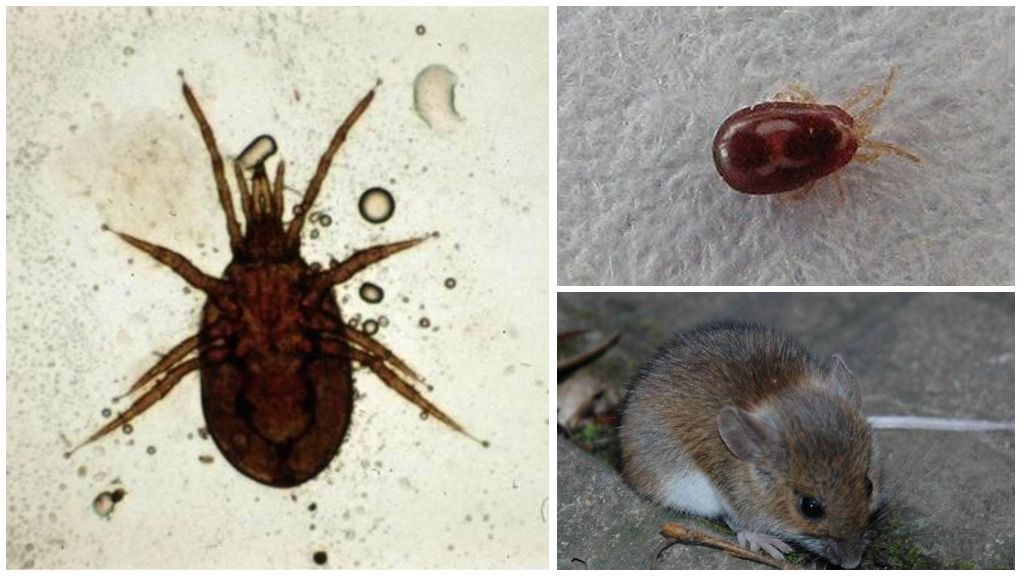
How to notice the appearance of gamasid ticks in an apartment
Saliva of parasites causes skin irritation and the appearance of nonspecific pruritic dermatitis in humans. Places of attacks are not localized by any one part of the body and can be found everywhere. Since the main habitat of bloodsuckers in the natural environment is the litter of the nest, they prefer to settle in beds in the apartment.
It is rat and mouse blood-sucking parasites that are the culprits of the dermatitis attributed to dust mites. The small size of rat parasites mislead people. But rat or mouse mites can be seen with the naked eye, there is no dust. If a small moving gray dot appears on a white sheet, it is a rat or mouse bloodsucker.
On a note!
Bite sites are usually grouped, as rat ticks feed in stages. At the site of the bite, papules with a diameter of 1-4 mm are formed.
Rat mite control
Trying to fight these bloodsuckers on their own is useless, since complex treatment is needed. Often, the independent use of potent acaricides is dangerous for a layman, since in such cases, poisonous drugs are also used for people:
- hydrocyanic acid;
- chlorphenotane (DDT);
- chlordane;
- permethrin;
- pyriproxyphene;
- lindane.
Hydrocyanic acid is the starting material for cyanides, and DDT is the infamous dust.
Deacarization is carried out first and then house deratization, basements and adjacent outbuildings. To be sure that the premises are spared from rat parasites, it is possible only after a few weeks due to the high ability of bloodsuckers to survive in the environment without feeding on blood.
